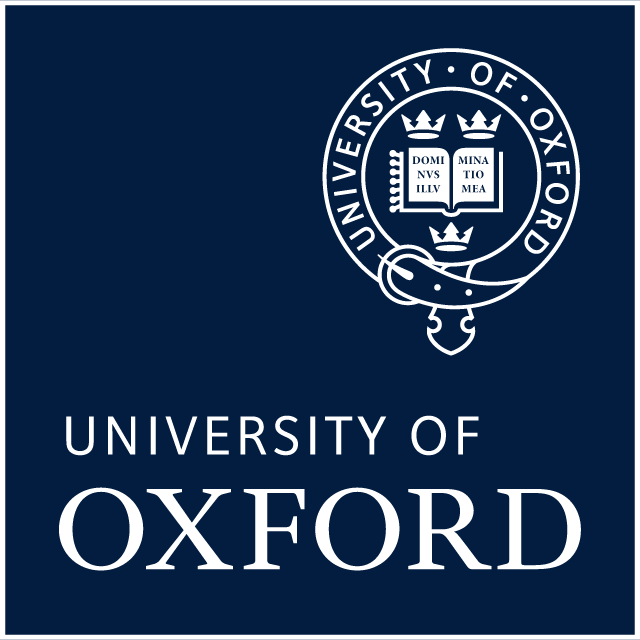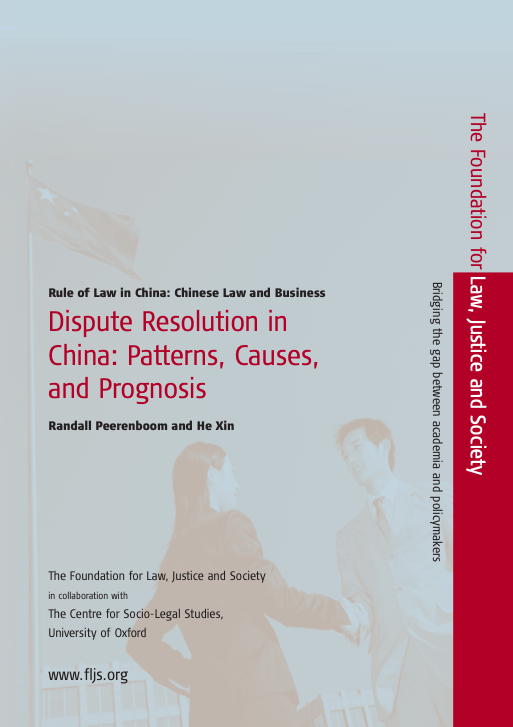Location
The University of Oxford is a collegiate research university located in Oxford, England. It has no known date of foundation, but there is evidence of teaching as far back as 1096, making it the oldest university in the English-speaking world and the world's second-oldest university in continuous operation. It grew rapidly from 1167 when Henry II banned English students from attending the University of Paris. After disputes between students and Oxford townsfolk in 1209, some academics fled north-east to Cambridge where they established what became the University of Cambridge. The two "ancient universities" are frequently jointly referred to as "Oxbridge".
The university is made up of a variety of institutions, including 38 constituent colleges and a full range of academic departments which are organised into four divisions. All the colleges are self-governing institutions within the university, each controlling its own membership and with its own internal structure and activities. Being a city university, it does not have a main campus and instead its buildings and facilities are scattered throughout the city centre. Most undergraduate teaching at Oxford is organised around weekly tutorials at the colleges and halls, supported by classes, lectures and laboratory work provided by university faculties and departments.
The university operates the world's oldest university museum, as well as the largest university press in the world and the largest academic library system in Britain. Oxford has educated many notable alumni, including 28 Nobel laureates, 27 Prime Ministers of the United Kingdom and many heads of state and government around the world. Oxford is the home of the Rhodes Scholarship, one of the world's oldest and most prestigious international scholarships, which has brought graduate students to study at the university for more than a century.
Source: Wikipedia (d.d. November 13th 2017)
Members:
Resources
Displaying 6 - 10 of 15Using case studies for enhancing capacity in managing forest genetic resources
Forest trees are long-lived species with high genetic diversity that is crucial for their survival,
regeneration and adaptation. However, forest managers and conservationists are often not well informed
Tin Mining in Myanmar: Production and Potential
... In 2014, Myanmar(Burma)confounded industry analysts by emerging to become the World's third biggest tin producer, experiencing a 5-year tin production increase of ca.4900%. This surprise emergence of Myanmar as a major tin producer is a possible Black Swan event that potentially has significant re-percussions both for the future of global tin production, and for the economic development of Myanmar. This is a disruptive event that has likely contributed to a substantial drop in tin prices in 2015. The
Genetic considerations in ecosystem restoration using native tree species. State of the World’s Forest Genetic Resources – Thematic Study.
There is renewed interest in the use of native tree species in ecosystem restoration for their biodiversity benefits. Growing native tree species in production systems (e.g. plantation forests and subsistence agriculture) can also ensure landscape functionality and support for human livelihoods. Achieving these full benefits requires consideration of genetic aspects that are often neglected, such as suitability of germplasm to the site, quality and quantity of the genetic pool used and regeneration potential.
Land and property disputes impeding return and reintegration
A survey conducted by UNHCR in 2009 in IDP camps in North Kivu shows that access to land is the second factor after security which prevents people from returning to their zone of origin.
Dispute Resolution in China: Patterns, Causes, and Prognosis
Since the reform era began in 1978, there have been significant changes in the nature and incidence of disputes, conflicts, and social disturbances, as well as the mechanisms for addressing them. As with economic and governance reforms, the government has adopted a pragmatic, problem-solving approach as it has attempted to meet the broad and, at times, conflicting goals of justice and efficiency while maintaining sociopolitical stability and rapid economic growth.






